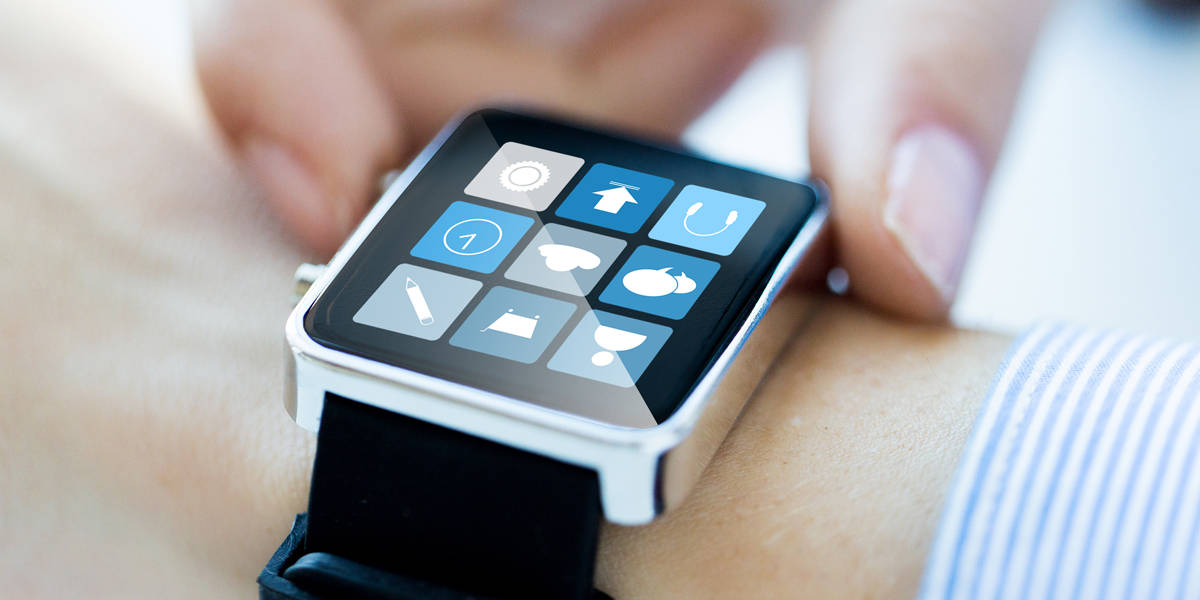
Wearable technology has gone mainstream. We can see this in the increasing use of artificial intelligence and remote biosensors in our professional and personal lives, propelled by the rapid uptake of devices such as the Fitbit (note: Fitbit is not a medically approved device) and the Apple Watch.
This has led to the clinical sector’s investigation of and subsequent implementation of wearable technology in clinical trials. According to research by Berg Insights, the number of remotely monitored patients is expected to reach 50.2 million by 2021.
Wearable devices are increasingly being used to improve patient recruitment, retention and participation. They allow health data to be collected remotely and analysed at scale, and in this way are revolutionising the patient experience of clinical trials.
Here, we investigate the benefits of using wearable technology for patients taking part in clinical trials, as well as the challenges this new technology presents for clinical research.
The Benefits of Wearable Technology in Clinical Trials
The use of wearable technology means patients can participate in a clinical trial without the additional stress of travel and financial burden or the potentially invasive experience of onsite testing.
Recent advances in technology mean devices are far less cumbersome than they once were, and therefore less likely to intrude on a patient’s day-to-day life. They can be worn throughout the day without much impact, and consequently, collect data across a range of different activities.
This also means the devices are capable of measuring more than one physiological state or activity, which improves the overall quality and applicability of the data.
Key Challenges Wearable Technology Presents for Research
As with any new innovation, the successful implementation of wearable technology in clinical trials is not without its challenges.
While wearable technology can significantly improve the patient experience, it’s important to remember that any kind of testing or measurement can feel invasive, and the impact will vary from patient to patient. For example, patients (or their carers) will need to ensure devices are switched on, have sufficient battery life, and are working effectively – this could be a struggle for those dealing with more debilitating or complex illnesses.
The primary benefit of wearable devices are they allow patients to be monitored offsite. This helps boost clinical trial retention rates, as onsite trials undoubtedly present significantly more challenges for patients to overcome. However, remote monitoring via wearables only works for certain studies, and will not be appropriate for those which necessitate a more hands-on approach when it comes to patient monitoring and care.
Another challenge to consider is that clinical staff are likely to have no background in deploying and using the streaming data collected from wearables, and they aren’t experts in analysing big data from sources like this. In instances where patients are combining at-home trial elements with onsite visits, data management and interpretation can be particularly difficult for research teams.
Wearable Technology And Better Clinical Insights
Wearable devices not only measure physiological data but also patient activity. Activity is an important indicator of patient health, and it may indeed be part of the prescribed clinical trial regimen.
Patients behave differently at home than during an onsite clinical trial visit because they have access to their usual home comforts, and many are still able to go about their daily routine. An onsite test environment is also much more physically restrictive.
Furthermore, the level of patient activity within their own homes is likely to differ significantly between patients. This is a critical element in understanding how activity and a patient’s metabolism impact their response to treatment.
The Impact of Wearable Technology on Patients with Rare Diseases
It is likely that patients with rare diseases will have multiple symptoms that affect their ability to travel to a clinical trial. In some cases, it may also be difficult for them to adhere to set timescales and structure.
Without the stress of travelling to a clinical trial and discomfort of following a trial regime, it’s been found that non-placebo patients with rare diseases are more likely to respond positively to medication. Therefore, use of wearable technology could help facilitate a more positive clinical trial outcome, not only in terms of patient experience but also in the impact of the drug that’s being tested.
Listening to Patient Experience
As well as monitoring physiological data and a patient’s activity, wearable technology can also be used to measure patient sentiment — how they feel about the trial itself, as well as how they feel physically. Negative experiences and symptoms can then be managed through intervention before they escalate to the point where a patient may drop out of the trial altogether.
Patient experience plays a pivotal role in recruitment for future trials, and it’s essential that the medical community comes together to support positive experiences for patients. Wearable devices can help facilitate swift response to any issues that arise, so long as both patients and clinical trial staff are properly trained in using the technology.
Managing patient expectations around technology usage and outcomes is essential. It’s also important to accept that not all patients suitable for a clinical trial will embrace technology, so managing this sentiment and educating patients will be key to successful participation.
Wearable Devices And The Future Of Clinical Trials
When comparing data that can be gathered via episodic site visits and that gathered through continuous monitoring via wearables, the latter provides far more data points which are useful in monitoring patient physiological trends. Understandably though, some patients will prefer to take part in onsite clinical trials and practitioners should be mindful that wearable technology isn’t right for everyone. All recommendations should be made on a case by case basis and determined by the scope of the study.
Most commentators within the clinical industry expect a sharp increase in hybrid trials over the next few years, which consist of fewer on-site visits and more at-home visits. Wearable technology will be essential in facilitating this shift, combined with nurse visits to ensure patients are complying with the use of wearable technology, as well as adherence to drug dosage.



